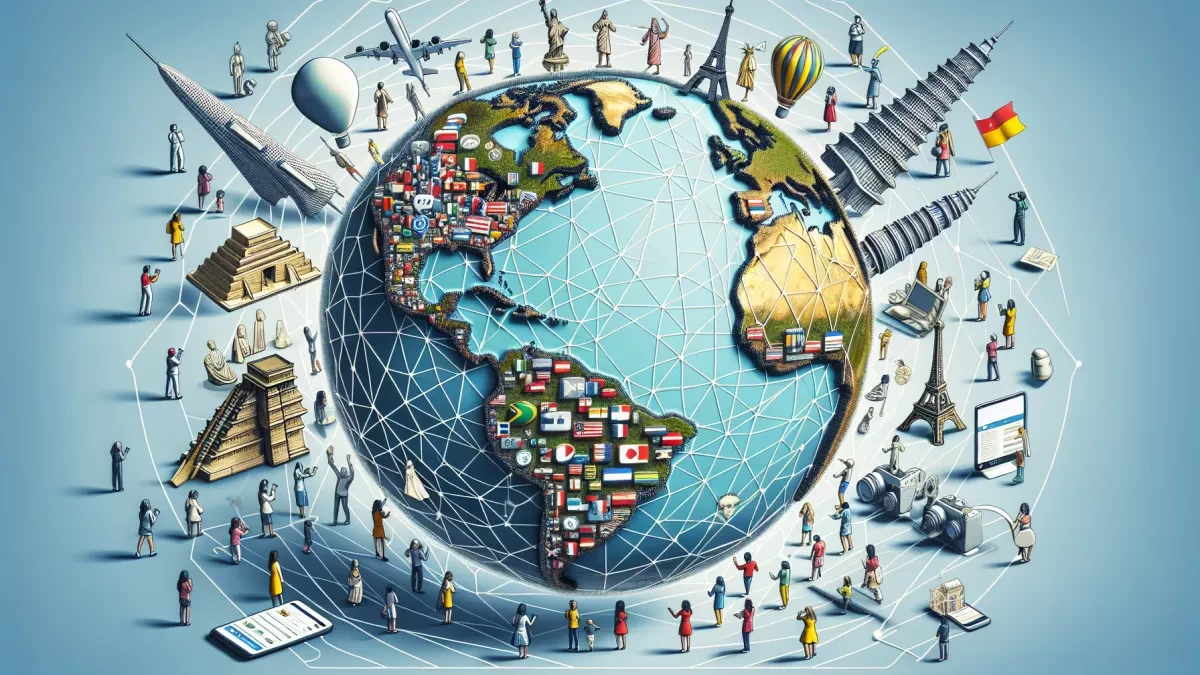Introduction
In every society, there exists a heartbeat of connection — something that pulls people together through sound, stories, and shared experiences. That heartbeat is what many recognize in radiovatani. Far more than a broadcasting tool, radiovatani represents a bridge between voices, ideas, and communities. To understand its value, one must see how it blends human emotion, information, culture, and heritage into a single stream of communication.
This article dives deeply into the concept, history, importance, and impact of radiovatani. It aims to provide an informational yet humanized exploration so readers can grasp both the technical and cultural dimensions of this medium.
The Meaning Behind Radiovatani
At its core, radiovatani can be described as a form of media that nurtures a sense of belonging and connection. Unlike mass-produced content that often feels distant, radiovatani fosters intimacy. Listeners hear familiar voices, recognize local accents, and engage with content that reflects their daily lives.
The term itself often carries the weight of community identity. Radiovatani is not about glamour or over-production; it is about accessibility, simplicity, and authenticity. People feel that it “belongs” to them, which is why they engage with it not just as consumers, but as participants.
Historical Development of Radiovatani
The journey of radiovatani mirrors the growth of communication itself. Early versions were grassroots efforts, where communities would create makeshift broadcasting hubs. Over time, these grew into structured systems capable of reaching wider audiences while still retaining their human touch.
Unlike mainstream radio dominated by global trends, radiovatani retained local flavor. It highlighted folk music, native languages, cultural traditions, and regional news. Its strength lay in reflecting the voice of the people rather than imposing external narratives.
Why Radiovatani Matters
The importance of radiovatani rests on several pillars:
-
Cultural Preservation – It safeguards traditions, music, and storytelling practices that may otherwise fade away in the digital era.
-
Accessibility – Unlike expensive digital platforms, radiovatani is often free and easy to access.
-
Education – It has historically been a source of literacy campaigns, public health awareness, and civic education.
-
Social Bonding – It reduces isolation, particularly in rural or marginalized areas, where mainstream media rarely penetrates.
By holding on to these values, radiovatani continues to matter even in an age of streaming platforms and on-demand media.
The Human Side of Radiovatani
What separates radiovatani from commercial radio is its ability to humanize content. Programs are not just produced; they are lived experiences. Hosts are not celebrities; they are neighbors.
Listeners often recall stories of walking into a shop or market where the voice from radiovatani is instantly recognized. This sense of familiarity deepens trust. When radiovatani broadcasts public service messages, people listen attentively because the messenger feels like “one of us.”
Radiovatani and Community Storytelling
Storytelling is one of the strongest cultural bonds in human history. Radiovatani thrives on this tradition. Every broadcast becomes an oral archive of collective memories, opinions, and wisdom.
Community members can call in, send letters, or even walk into the station to share their perspectives. Unlike top-down broadcasting, radiovatani is interactive and responsive. It transforms listeners into contributors.
The Role of Radiovatani in Education
Education through radiovatani has taken many forms:
-
Literacy campaigns where letters of the alphabet are taught daily.
-
Health awareness programs encouraging vaccination and hygiene.
-
Civic education ahead of local elections.
-
Agricultural tips that farmers can apply immediately.
These efforts have been successful precisely because radio vatani connects with people in their language and context.
Radiovatani and Cultural Music
One of the most beloved features of radio vatani is music. Unlike globalized stations that rely on international playlists, radio vatani embraces folk instruments, local rhythms, and indigenous songs.
It creates an archive of melodies that would otherwise vanish. For younger generations, this becomes a living museum of sound. For elders, it is a reminder of continuity and heritage.
Radiovatani in Times of Crisis
When disaster strikes — be it floods, earthquakes, or pandemics — radio vatani becomes a lifeline. Unlike internet services that may go down, radio vatani broadcasts continue through simple technology.
People tune in for survival tips, evacuation routes, and government announcements. The community trusts it because radio vatani has always been close to the ground.
Technological Evolution of Radio vatani
While rooted in tradition, radio vatani has not ignored technology. Many stations now stream online, use mobile apps, and integrate social media. However, the essence remains the same: content that feels personal and localized.
Technology simply expands its reach. A person abroad can now listen to the radio vatani of their hometown, keeping them emotionally connected to their roots.
Radio vatani as a Tool for Social Awareness
Important social issues such as gender equality, child protection, and environmental sustainability are often difficult to address in formal spaces. Radio vatani provides a softer entry point.
Programs are presented in conversational tones, often with storytelling or role-play. Listeners absorb complex ideas through everyday language, which increases impact.
Challenges Facing Radio vatani
Despite its significance, radio vatani faces challenges:
-
Funding Limitations – Most stations rely on donations or small grants.
-
Competition – Global platforms and flashy content draw younger audiences away.
-
Policy Constraints – In some regions, regulations limit free expression.
-
Technological Gaps – Outdated equipment makes broadcasting inconsistent.
Yet, resilience defines radio vatani. Communities continue to support it because they see it as their own.
Radio vatani and Identity
Identity is not built only on monuments or books; it is reinforced daily through voices, songs, and stories. Radio vatani provides this constant reinforcement. It allows individuals to see themselves reflected in media rather than erased by homogenization.
For migrant communities, listening to radio vatani keeps their sense of home alive even when they are thousands of miles away.
Future of Radio vatani
The future lies in balance: embracing modern tools without losing human authenticity. Imagine radio vatani powered by digital archives, podcasts, and AI translation — yet still run by local voices.
This hybrid future could ensure that radio vatani remains both timeless and forward-looking.
Case Reflections: How People Experience Radio vatani
-
A farmer in a remote valley credits radio vatani for teaching him crop rotation.
-
A young student recalls learning songs that her grandmother once sang.
-
A mother shares how radio vatani gave her timely health information during a pandemic.
These stories humanize radio vatani beyond theory; they showcase its lived impact.
Conclusion
Radiovatani is more than radio. It is community, culture, education, and identity woven together. It proves that in an age dominated by impersonal media, people still crave authenticity.
By staying true to its roots while embracing technology, radio vatani can remain a voice of the people for generations to come. Its power lies not in wealth or glamour, but in simplicity, trust, and belonging.
In understanding radio vatani, we rediscover the essence of what communication is meant to be: connection.


